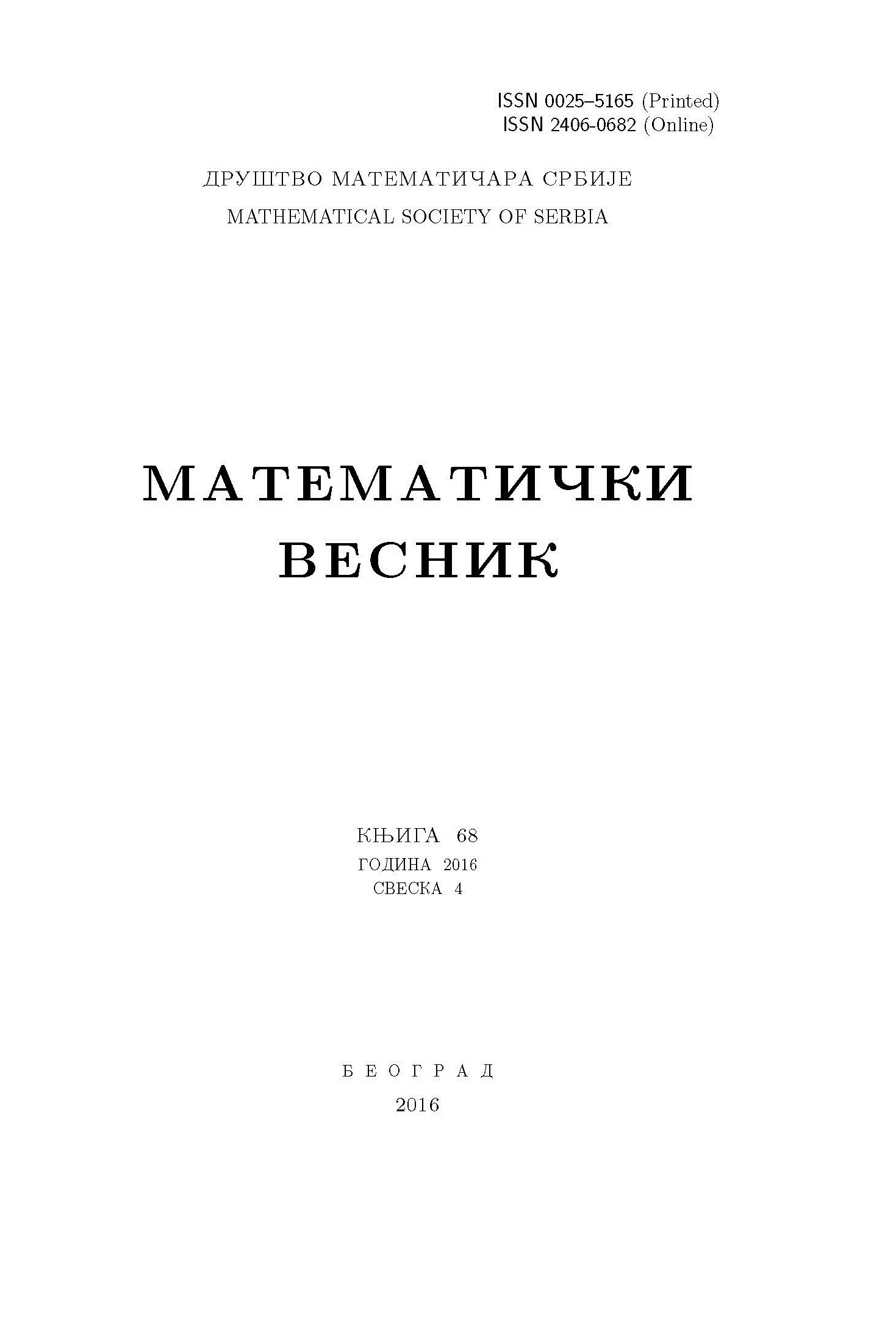
| A NOTE ON PO-EQUIVALENT TOPOLOGIES |
| D. Andrijević |
Abstract Two topologies on a set $X$ are called PO-equivalent if their families of preopen sets concide. Let $P({\cal T})$ stand for the class of all topologies on X which are PO-equivalent to ${\cal T}$ and denote by ${\cal T}_M$ the topology on $X$ having for a base ${\cal T}_{\alpha}\cup \{\{x\}\mid \{x\}$ is closed-and-open in ${\cal T}_{\gamma}\}$. It was proved in [Andrijević, M. Ganster, \emph{On $PO$-equivalent topologies}, Suppl. Rend. Circ. Mat. Palermo, {\bf 24} (1990), 251--256] that the class $P({\cal T})$ does not have the largest member in general. Precisely, if $P({\cal T})$ has the largest member, say ${\cal U}$, then ${\cal U}={\cal T}_M$. On the other hand, it was shown that ${\cal T}_M$ does not necessarily belong to $P({\cal T})$. In this paper we are going to show that the topology ${\cal T}_M$ is actually the least upper bound of the class~$P({\cal T})$. |
Keywords: Preopen set; topology ${\cal T}_{\alpha}$; topology ${\cal T}_{\gamma}$; topology ${\cal T}_M$. |
MSC: 54A10 |
DOI: 10.57016/MV-90Pjfk2Q |
Pages: 1--5 |
